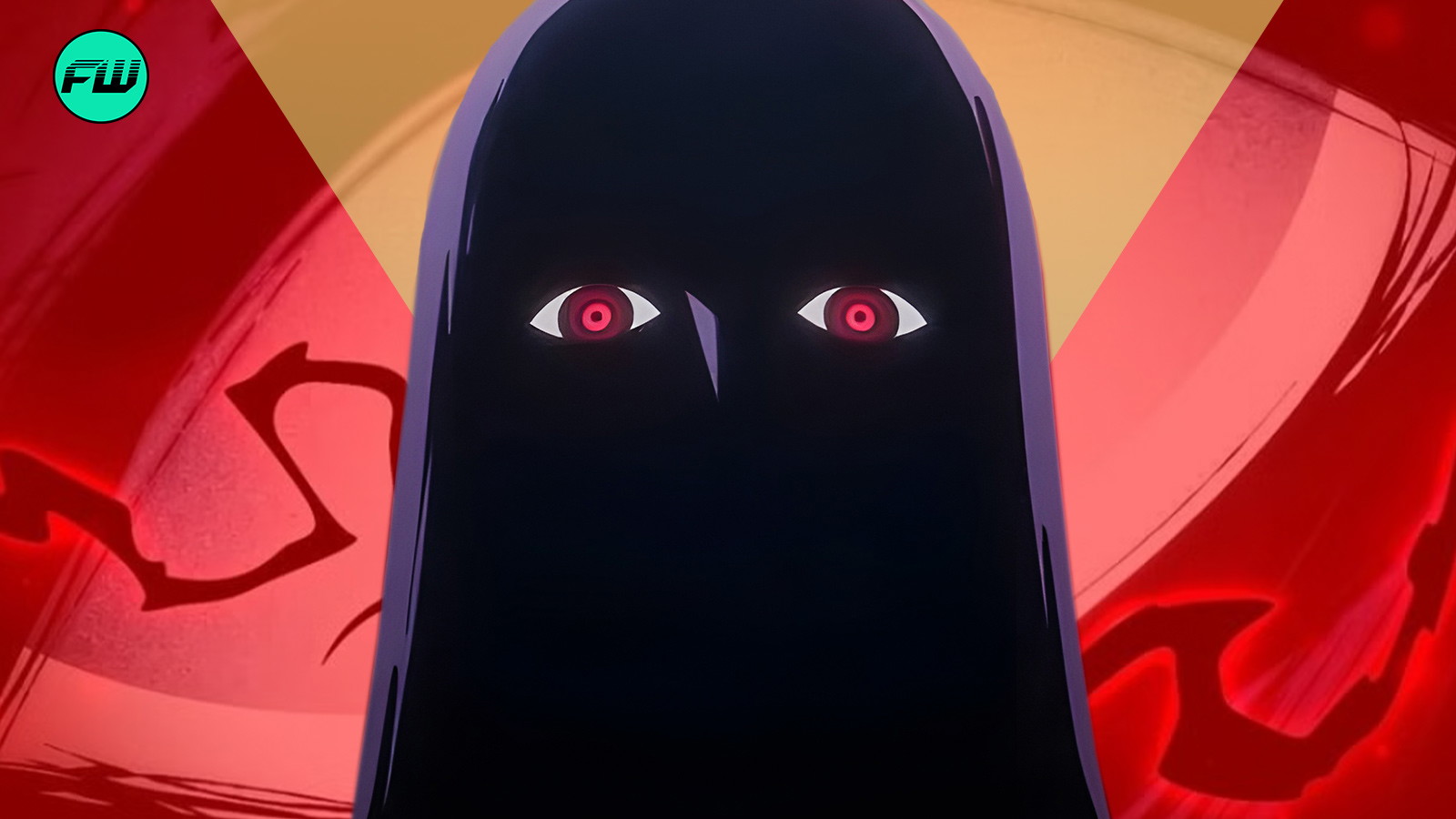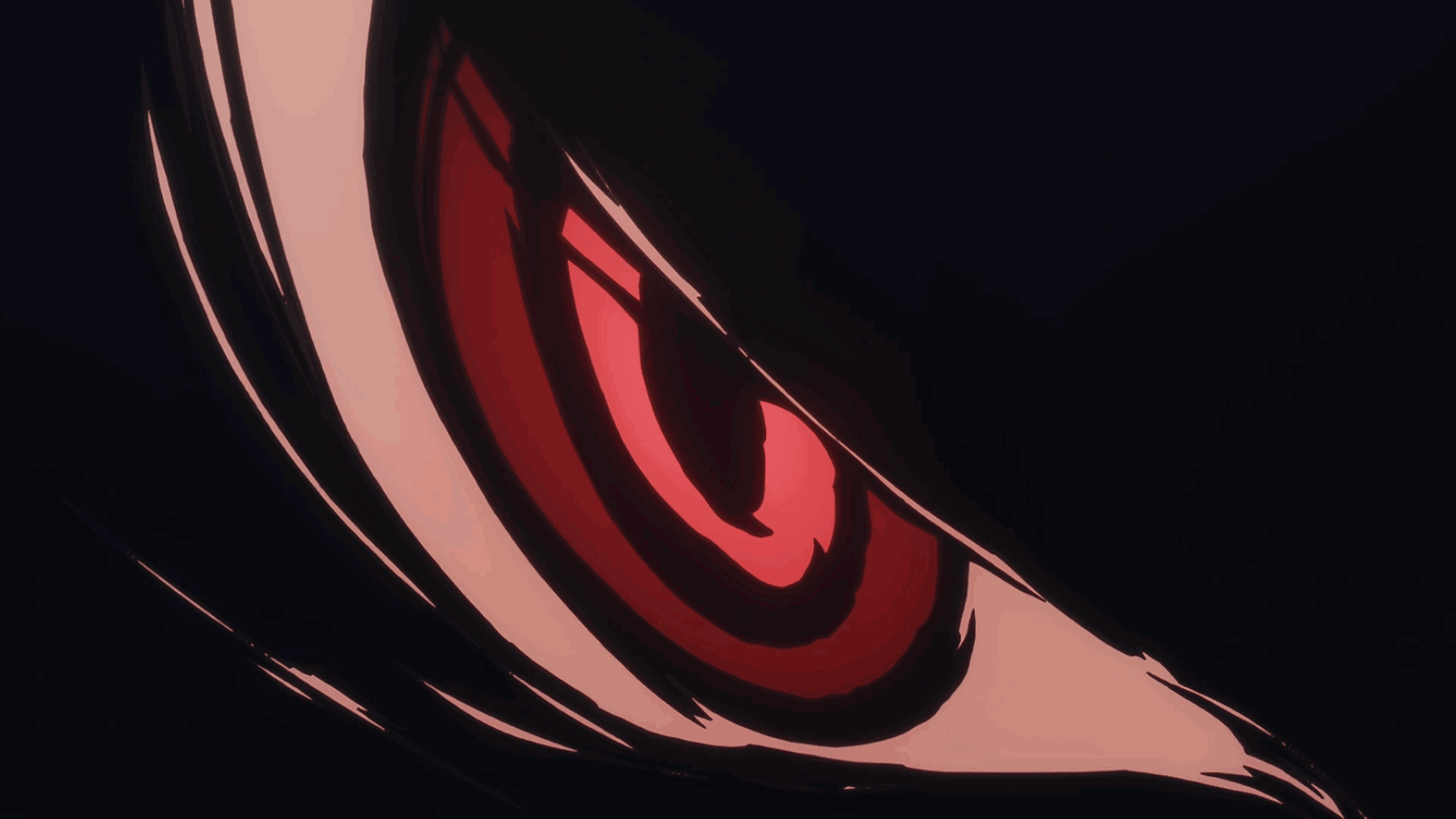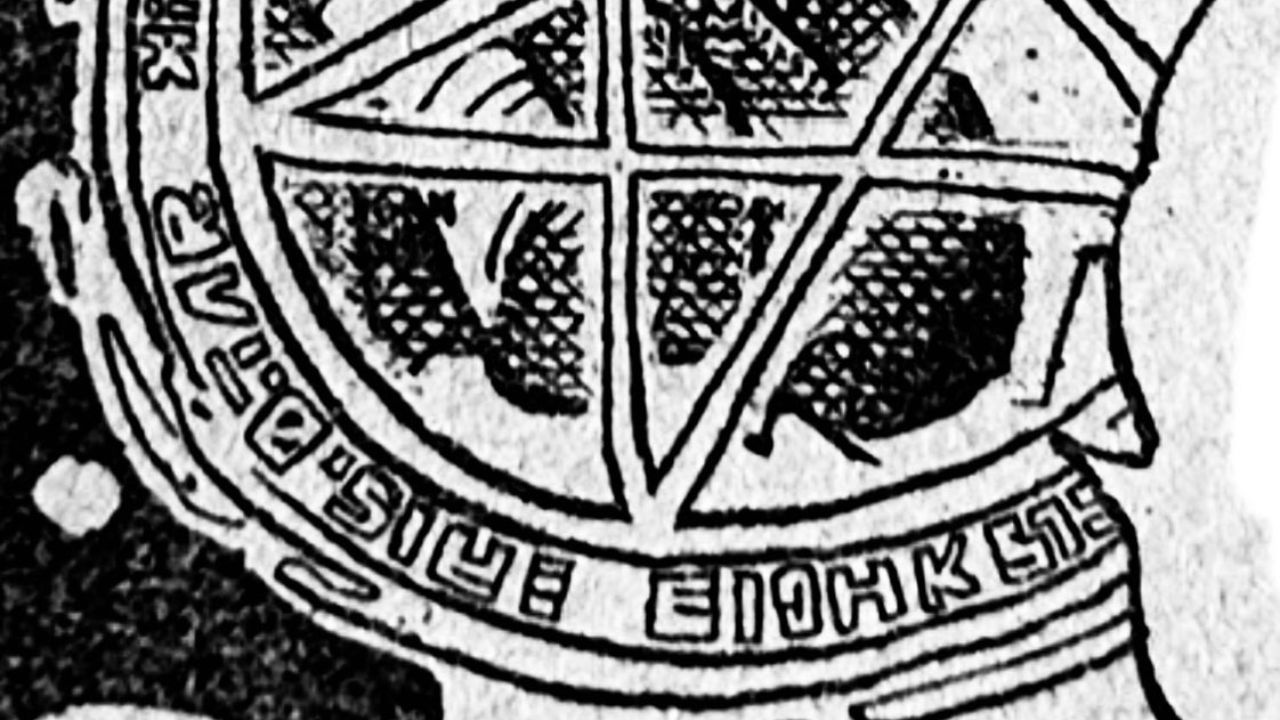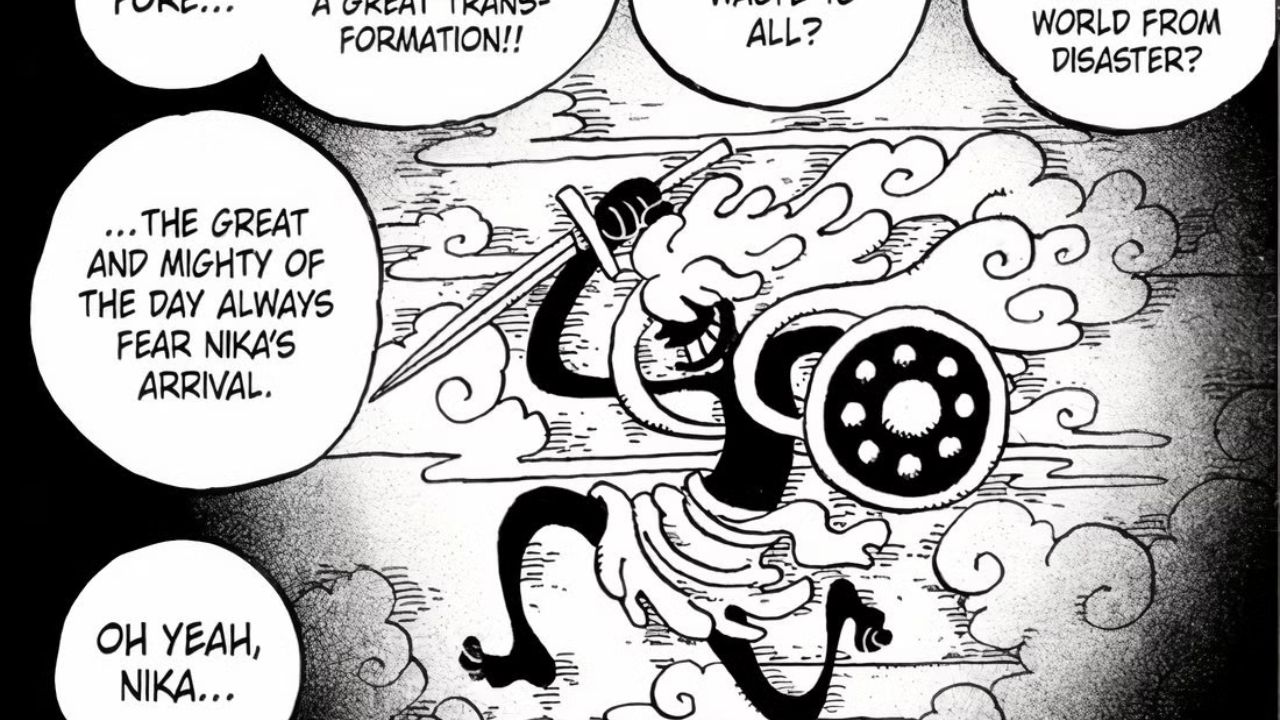
Chapter 1150 of One Piece had a few huge revelations in store. It was the first time that Imu was seen in a direct battle. Imu possessed Gunko’s body and began rampaging across Elbaph. But the magic circle they used has caused a lot of discussion in fan forums.
Fans have been striving to unearth the identity of Imu for a long time, and with the latest chapter, they are a bit closer to it. The magic circle contained the words “Eris D. Tar” on it, which many people have assumed to be their real name. In fact, the word might even have its roots in Greek Mythology.
One Piece theory connects Imu’s spell to a Goddess from Greek Mythology

While most of the letters in the magic circle/array cast by the Imu possessed Gunko were ineligible and hard to decipher, the words “Eris D. Tar” could be gleaned from it. Fans immediately began connecting it to Eris, a Goddess in Greek mythology. Eris is the Greek Goddess of chaos, discord, and strife. According to some myths, she is the daughter of Zeus and Hera, while others state she was born out of Nyx or the entity of night.
Eris. D. Tar..?
Eris, the goddess of Chaos?
Tar like Tartarus, the abyss where the Titans are imprisoned? #ONEPIECE1150 #OPSPOILERS https://t.co/nPInj0MJt5 pic.twitter.com/5imwa14jAT— Kerry (@tea_with_hunny) May 29, 2025
Eris played a huge role in the events that led to the Trojan War. And fans think that it is a clue to Imu’s identity. While not much is known about the character, the fact that they are evil is clear. Imu thrives on cruelty and apathy, and has even annihilated entire islands with an enthusiastic attitude. The name also insinuates that Imu could be a member of the clan of D.
The second part of the name, Tar, could be short for Tartarus. Tartarus is the infernal region of Greek mythology and is the place where the Gods locked up their worst enemies, including the Titans. It is a deep abyss that is filled with torment and suffering and the wicked receive their divine punishments here.
One Piece has several Greek Mythology references





This is not the first time that One Piece has drawn references from Greek mythology. Luffy has the Devil Fruit model Nika. In One Piece lore, Nika is also the name of the legendary warrior who was seen as the Sun God. In Greek mythology, Nika is also another name for Nika, who is the Goddess of victory.
Boa Hancock also bears a resemblance to Medusa, the Greek Gorgon. Like the mythical character, Hancock can also turn people into stone. She is also the eldest of three Gorgon sisters and her snake earrings shows how much her character is influenced by Medusa. Her tribe, the Kuja, also seem similar to the Amazons and are similarly closed off from the rest of the world while prohibiting men from entering.
The Ancient Weapons in the plot are also named after Greek Gods: Poseidon, Pluton, and Uranus. Thus, it is no one’s surprise that Eiichiro Oda could be using the Greek mythology card again to foreshadow more details about future revelations. Imu might not be a God or a Goddess, but his personality could have been directly influenced by Eris.
One Piece anime is currently streaming on Crunchyroll, and the manga is available to read on Viz Media.
This post belongs to FandomWire and first appeared on FandomWire
